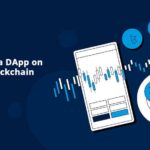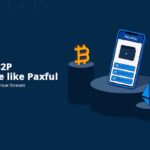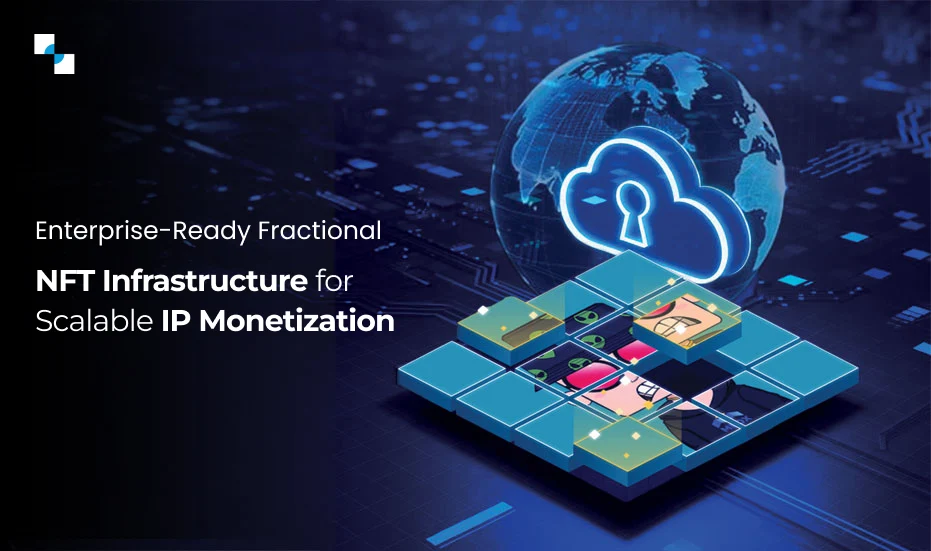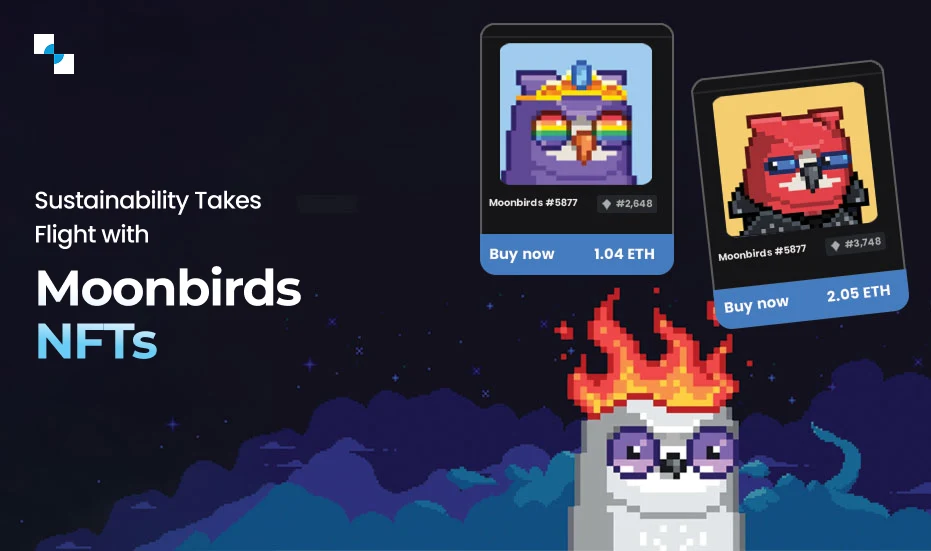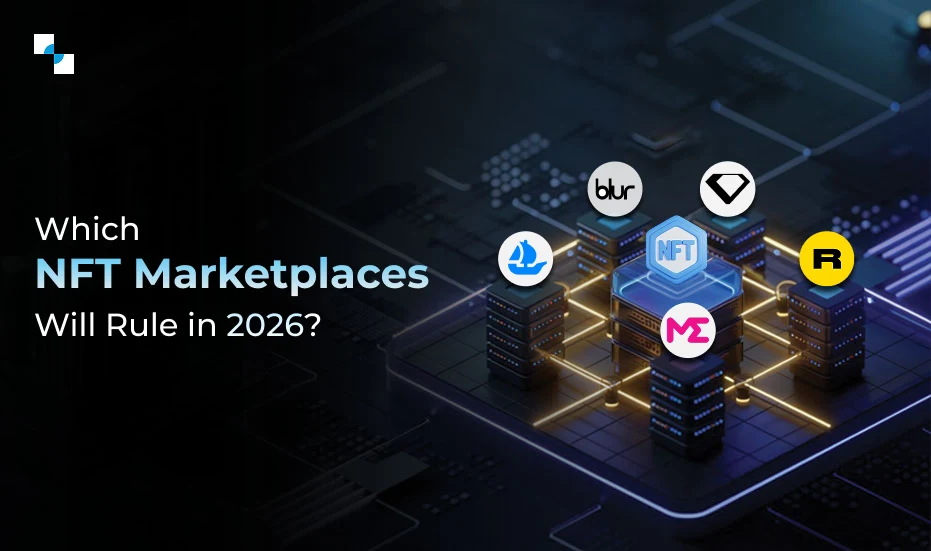With over $10 billion transacted in the third quarter of 2021 alone, non-fungible tokens (NFTs) are quickly becoming a big business.
Individual creators and companies across industries, including retail, music, entertainment, consumer products, fashion, and more, have begun to actively investigate methods to engage with the world of NFTs in reaction to this huge development. As a result, technocrats are not surprised by the growth of the NFT sector.
Hence, they are looking to NFT marketplace development for their upcoming ventures.
As the metaverse becomes the talk of the world, one platform has jumped on the bandwagon early. It’s called Nifty Gateway. The handpicked and certified drops can be found on the blockchain-powered marketplace. Now is the time to start developing an NFT marketplace similar to Nifty Gateway.
Nifty Gateway NFT Marketplace development enables numerous marketing advantages to business owners.
Let’s take a look at them.
- Collectibles can be bought and sold 24 hours a day, 7 days a week using Ethereum-based wallets.
- Verifying artists and project creators’ Know Your Customer (KYC) and Anti-Money Laundering (AML) information.
- Content creators and well-known musicians can save money by using an automatic gas fee calculator.
- For processing peer-to-peer (P2P) transactions and paying auction fees, bidding costs, gas fees, and listing fees, software and hardware wallets are linked.
- Development of a white-label NFT marketplace with features and functionality similar to Nifty Gateway.
Essential Features you should look out for
- Search Panel : When building an NFT marketplace like Nifty Gateway, investors can quickly look for artists and collections. They will be informed of the number of artworks, collections, and floor prices in US Dollars (USD). Users can also view the artist’s profile as well as his or her social media sites.
- NFT Listings : This section contains real-time data about NFTs that are advertised, for sale, or being offered. Details such as the artist’s name, the collectible’s price, the token ID, and a snapshot of the artwork are displayed.
- Curated Drop Schedule : By going to the Curated Drops section, creators can sell their drops straight to their fans. As a result, investors can receive updates on the artwork and its release date, as well as the opportunity to place bids on it before purchasing it.
- Verified Drops section : Buyers can obtain uncommon treasures by visiting the Verified Drops section. These NFTs are thoroughly vetted and meet all smart contract requirements. Interested investors can view the asset description, verify their account, and place a bid before a deadline.
Develop your NFT Marketplace Like Nifty Gateway
Schedule Free DemoThere are various steps in the customized process to develop NFT marketplace like Nifty Gateway.
Let’s Explore each step:
Step #1: Identify your target market. It is preferable to gamble on a vertical market rather than a horizontal market to maximize your chances of success. Suppliers in the horizontal market sell everything to everyone. Vertical market service providers focus on offering services or goods that cater to a certain target market.
Step #2: Assign roles to users NFT marketplaces typically include three user roles, including Artists, buyers, and administrators.
Step #3: Specify the project Project documentation is the first step in the site development process. While extensive documentation may appear to be a tedious and recurring activity, it can save you a lot of time and money in the long run. This isn’t a big deal if you’re hiring full-time tech expertise. However, if you’re in charge of a remote development team, documentation becomes critical.
Step #4: The development stage This is the point at which your concept becomes a reality. Dedicated software engineers perform all necessary client-side functionality after selecting the optimal framework for their projects. The major goal is to guarantee that the platform runs quickly, performs well, and is reliable.
Step #5: Set up a token generator for smart contracts The logic of your platform is contained in the back-end. This phase of the NFT marketplace development process differs from a similar standard custom design stage when designing an NFT marketplace. Because this web app is a decentralized platform, blockchain is used to verify the majority of the data. For example, Ethereum allows the network to run particular scripts in order to decentralize the program, so the majority of the internal logic is passed on to the decentralized part.
Step #6: Deploy and test This is an important step that should never be skipped. Finding and correcting issues as soon as possible guarantees that your product is ready to go. Software testing also ensures that your platform performs as planned and meets the project’s original criteria. Remember that a software solution that has been thoroughly tested provides reliability, security, and excellent performance.
Conclusion: The process of building an NFT marketplace like Nifty Gateway is complex and you need an expert Blockchain development company to help you build a similar product. It involves complex coding and structuring of smart contracts and also requires design thinking to give a clean, easy, and smooth user interface. By picking up the right team to develop the NFT marketplace, you can swiftly get your hands on your own Marketplace like Nifty Gateway.
At Antier Solutions, we provide comprehensive services to help you launch an NFT marketplace like Nifty Gateway. In addition, we specialize in building custom NFT marketplace platforms from the ground up.
Connect with our subject matter experts to share your needs for NFT marketplace development.
